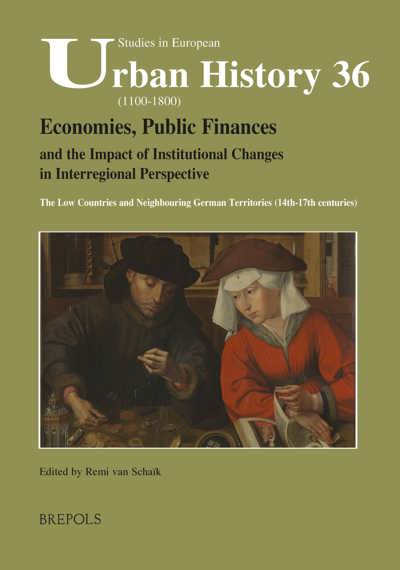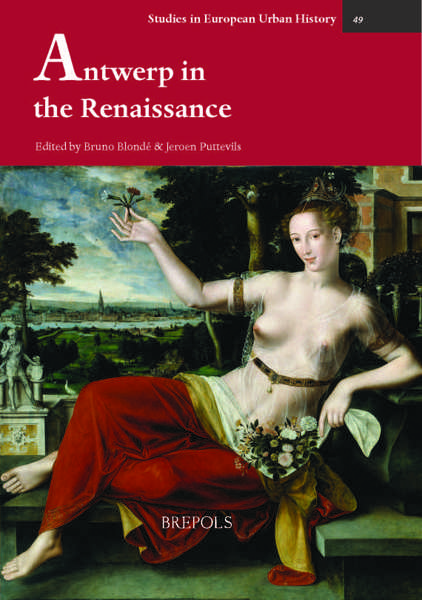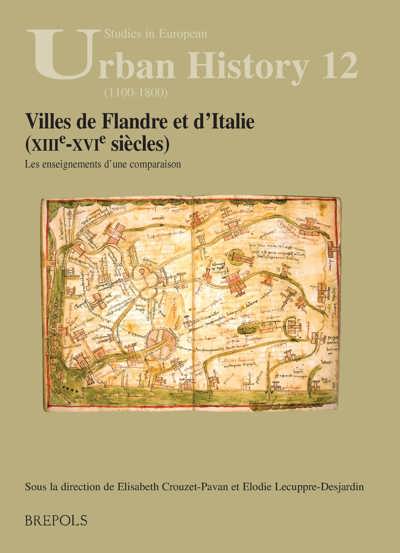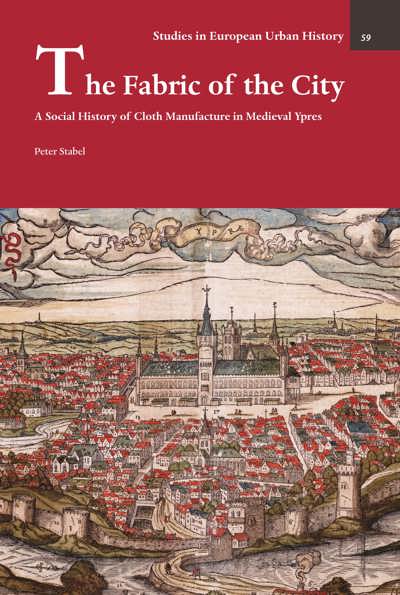
Antwerp in the Renaissance
Bruno Blondé, Jeroen Puttevils (eds)
- Pages: 315 p.
- Size:178 x 254 mm
- Illustrations:19 b/w, 49 col., 4 tables b/w.
- Language(s):English
- Publication Year:2020
- € 100,00 EXCL. VAT RETAIL PRICE
- ISBN: 978-2-503-58833-9
- Hardback
- Available
- € 100,00 EXCL. VAT RETAIL PRICE
- ISBN: 978-2-503-58834-6
- E-book
- Available
Antwerp in the Renaissance offers new research results and fresh perspectives on the economic, cultural, and social history of the Antwerp metropolis in the sixteenth century.
“(…) Antwerp’s rich economic, social, and cultural contexts for all artworks and their consumers is authoritatively laid out in this important volume, so it will be a rich resource for any scholarship that seeks to go beyond forensics. And the treatment of buildings, maps and city views, and even of silks adds further to our understanding of the urban environment in which such a shifting artistic Babel found its appropriate audiences.” (Larry Silver, in Historians of Netherlandish Art Reviews, November 2020)
Bruno Blondé and Jeroen Puttevils are colleagues at the Centre for Urban History at the University of Antwerp. The research fields of Blondé include the history of transportation, economic growth and social inequality, material culture, retail and consumption of the early modern Low Countries. Puttevils works on the late medieval Low Countries and deals with topics such as mercantile and financial culture, the history of lotteries and how people thought about the future in the past.
This book engages with Antwerp in the Renaissance. Bringing together several specialists of sixteenth-century Antwerp, it offers new research results and fresh perspectives on the economic, cultural and social history of the metropolis in the sixteenth century. Recurrent themes are the creative ways in which the Italian renaissance was translated in the Antwerp context. Imperfect imitation often resulted from the specific social context in which the renaissance was translated: Antwerp was a metropolis marked by a strong commercial ideology, a high level affluence and social inequality, but also by the presence of large and strong middling layers, which contributed to the city’s ‘bourgeois’ character. The growth of the Antwerp market was remarkable: in no time the city gained metropolitan status. This book does a good job in showing how quite a few of the Antwerp ‘achievements’ did result from the absence of ‘existing structures’ and ‘examples’. Moreover, the city and its culture were given shape by the many frictions, and uncertainties that came along with rapid urban growth and religious turmoil.
Antwerp in the Renaissance
Bruno Blondé and Jeroen Puttevils
Sixteenth-Century Antwerp, a Hyper-Market for All? The Case of Low Countries Merchants
Jeroen Puttevils
Antwerp Commercial Law in the Sixteenth Century: A Product of the Renaissance? The Legal Facilitating, Appropriating and Improving of Mercantile Practices
Dave De Ruysscher
Brotherhood of Artisans. The Disappearance of Confraternal Friendship and the Ideal of Equality in the Long Sixteenth Century
Bert De Munck
‘And Thus the Brethren Shall Meet All Together’. Active Participation in Antwerp Confraternities, c. 1375–1650
Hadewijch Masure
A Renaissance Republic? Antwerp’s urban militia, “the military Renaissance” and structural changes in warfare, c. 1566–c. 1621
Erik Swart
A Counterfeit Community. Rederijkers, Festive Culture and Print in Renaissance Antwerp
Anne-Laure Van Bruaene
Literary Renaissance in Sixteenth-Century Antwerp?
Herman Pleij
Building the Metropolis
Krista De Jonge, Piet Lombaerde, and Petra Maclot
The City Portrayed. Patterns of Continuity and Change in the Antwerp Renaissance City View
Jelle De Rock
Trial and error. Antwerp Renaissance art
Koenraad Jonckheere
Silks and the ‘Golden Age’ of Antwerp
Bruno Blondé, Jeroen Puttevils and Isis Sturtewagen




